Вы здесь
Samarkand XIV – XX centuries.
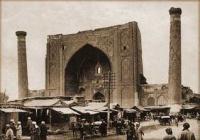
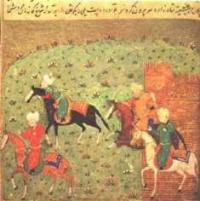
The combined tours over the countries of the Central Asia.
“I've known rivers:
I've known rivers ancient as the world and older than the flow of human blood in human veins. My soul has grown deep like the rivers”
Langston Hughes.
Tours from Djizak to Tashkent.
Making Samarkand his capital, Amir Temur defined a concept of its revival as Imperial City. At the last quarter of the XIVth century, thanks to Amir Temur, Samarkand obtained a reputation of extremely beautiful, blossoming and populous oriental city.
Samarkand became a symbol of the new empire. Its new architecture met the challenge of the Eurasian capitals and declared the birth of original Central Asian imperial style. Hugest arch portals and high blue domes expressed the status of the world city.
Refined ornament from tiled majolica. Geometrical ghirikh, linking stars, swastika with names of Allah, Prophet and Islamic best wishes. On the death of Amir Temur, Samarkand conceded rights of the imperial capital to Heart.
During the XVth century, Samarkand was the capital of Mirzo Ulugbeg, the outstanding king and scientist, and then - of the Temurid governors, which were under influence of Sufi sheikh Khodja Akhrar.
At the end of the XVth century, Shaybani-khan from the Chinggisids interfered in a struggle for Temurid heritage. He consolidated the Uzbek tribes and headed the struggle for Maverannahr.
In 1499 - 1500, he took Samarkand and Bukhara. The Temurid, Babur for a while managed to beat back Shaybani-khan, but at last was defeated. Shaybani-khan abolished the power of the Temurids and established the state with the capital in Samarkand.
The Shaybanids had been governing in Central Asia for the XVIth century. In 1533, the capital was transferred to Bukhara - a center of spiritual influence of "naqshbandiyyah". Samarkand became the second city in Bukhara khanate.
At the end of the XVIth century, at Abdullah-khan II, Bukhara khanate included Maverannahr, a significant part of Khurasan and Khorezm, that corresponded to a "nucleus" of Amir Temur’s state. In the XVIIth and the first half of the XVIIIth c.c., the Shaybanid dynasty was replaced by the Astarkhanids (1601 - 1747).
Invasion of Iranian Nadir-shah and governing of his rulers (1740 - 1745) caused catastrophic desolation of Maverannahr and Khorezm. The loss was so great, that Samarkand should have been peopled anew, in account of migrants from the other cities.
Through agency of Nadir-shah, the power in khanate was transferred to the dynasty of Manghit emirs, reigning till 1920. In 1868, Russia declared war to Bukhara emirate, Samarkand was annexed without fight.
According to peace treaties from 1868 and 1873, Bukhara khanate recognized protectorate of Russia, and Samarkand became one of regional centers of the Turkistan general-governorship.
Civil war in Russia after revolution of 1917 brought to liquidation of Bukhara khanate in 1920 and to establishment of Uzbek Soviet Socialist Republic in 1925. Its first capital, up to 1930, was Samarkand.
After collapse of Soviet Union in 1991, was established the sovereign Republic of Uzbekistan.
Today, Samarkand is a regional center and one of the major tourist centers of Uzbekistan.
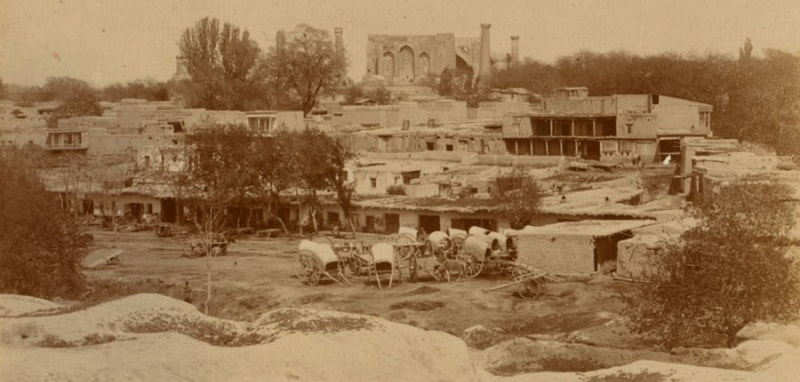
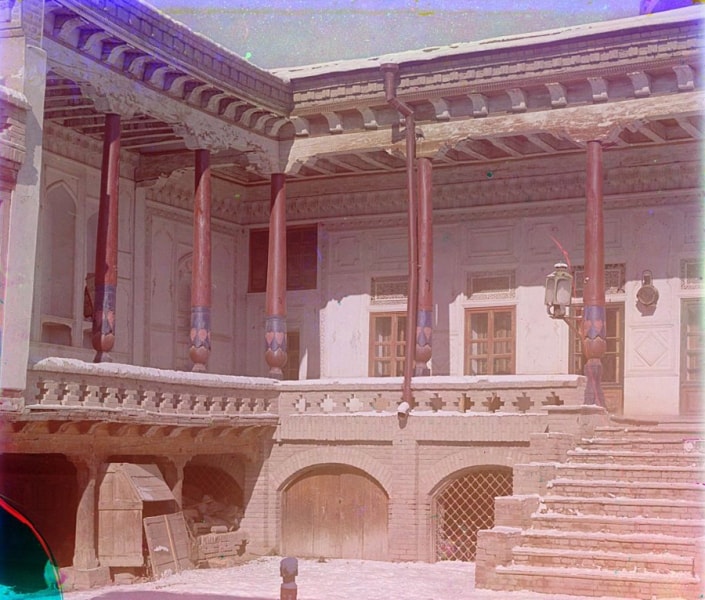

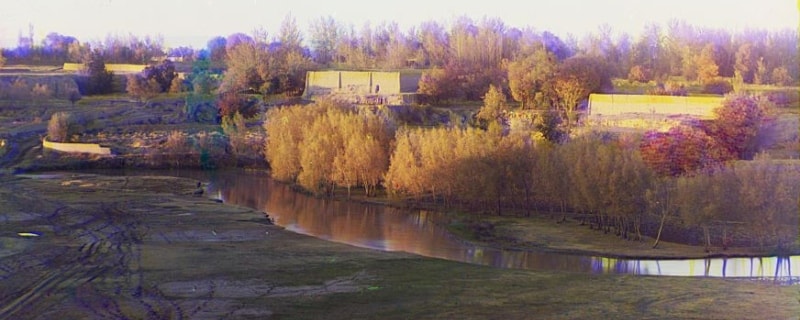
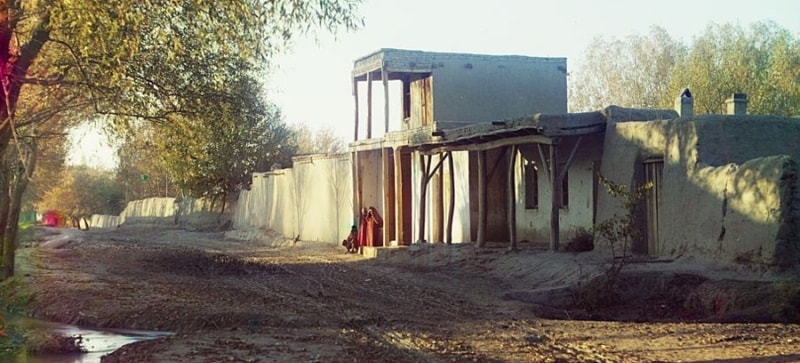
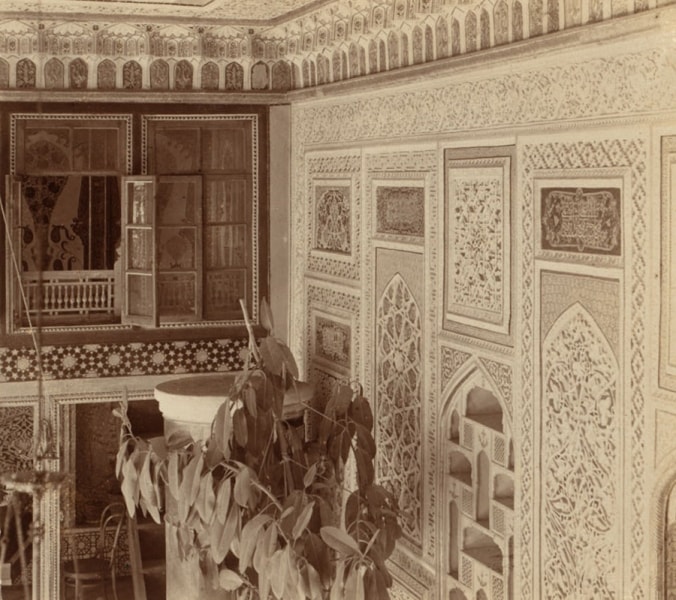
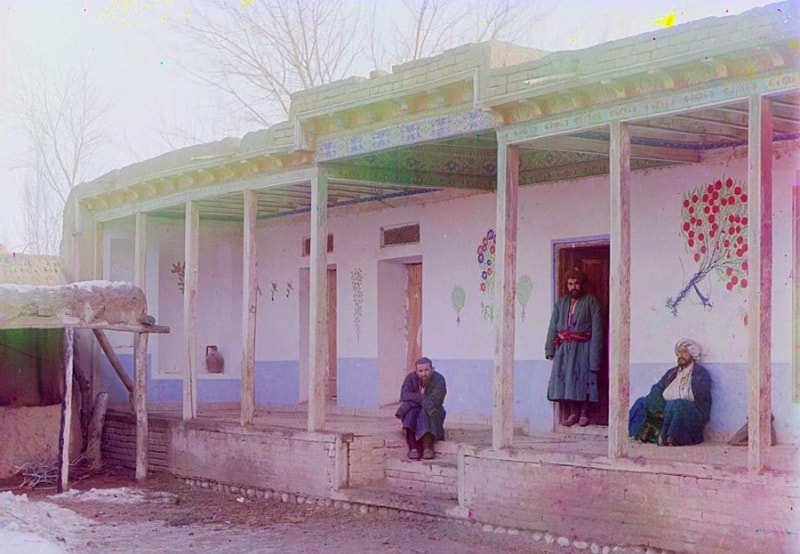
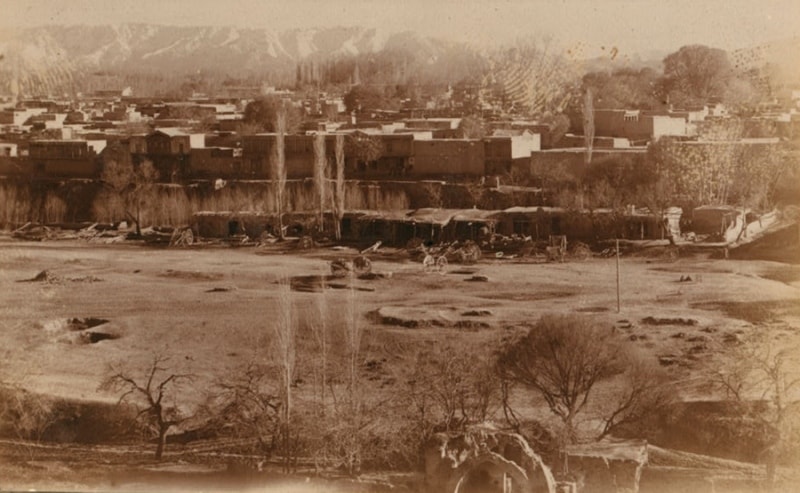
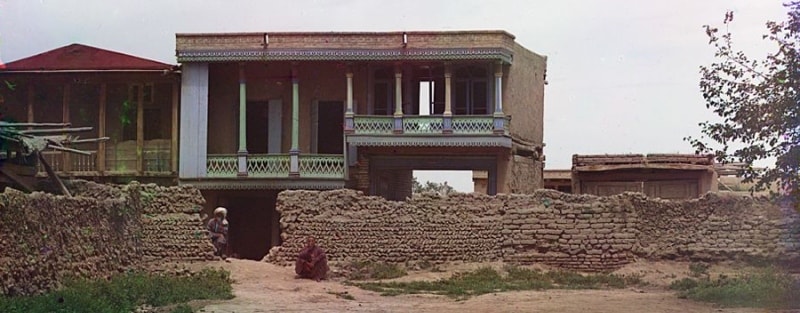
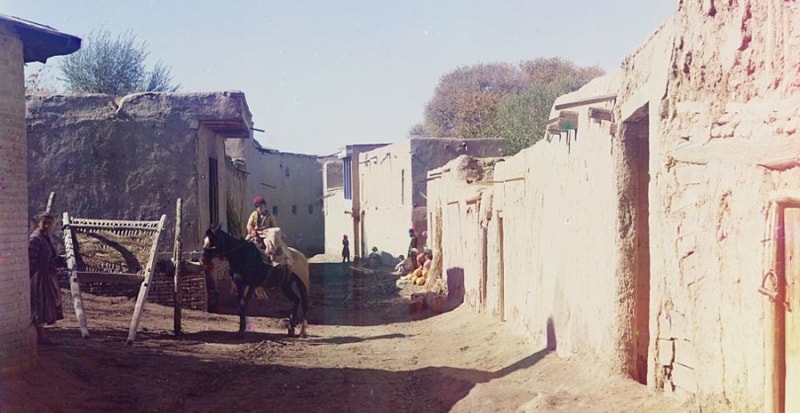
Authority:
Alexey Arapov. Samarkand. Masterpieces of Central Asia. Tashkent, Sanat. 2004.







